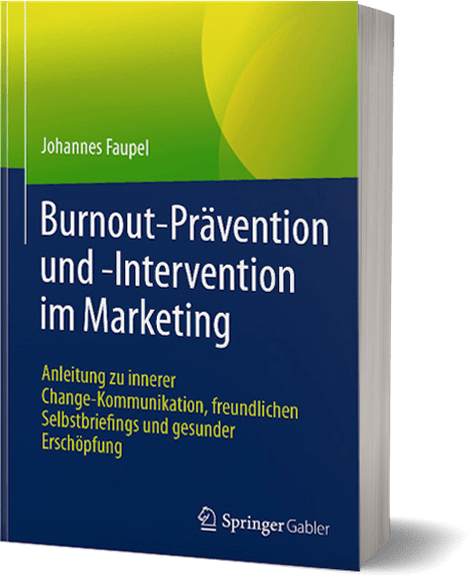What is the brain from a practical point of view?
The brain is a network of neurons and nerve cells. It builds context by interconnections. Regarding a context, it runs routines in the body and the mind. This is a highly simplifying description. It will help to understand why some “healing” ideas (from depression or anxiety) will not work, while others do work.
The brain is an association specialist
Every brain is able to connect everything to anything. This is an involuntary procedure.
In positive cases, we talk about creativity and imagination
If a brain connects different things and thoughts to something delighting new, we talk about fantasy or imagination.
In negative situations, psychiatrists find descriptions about disorder and illnesses
In negative cases, we talk about anxiety disorder, depression, phobia, anankastic disorders.
All these descriptions lead to mental and emotional patterns.
Everything is based on associations.
If the teacher is associated with kindness, he “is” the friendly teacher.
In another situation, we see a lion, and the brain connects it with danger.
It is just neuronal connections, nothing else.
What are the consequences of associations?
The consequences of associations can be anything: feelings of joy, fear, anxiety, confidence, love, trust, sadness, strength, belief, frustration, pleasure. Just: neuronal connections.
Can I hinder the brain from building associations?
No, nobody can prevent that the brain connects reading a card with 2 persons and them with colors and colors with sound and sound with smelling and smelling with lunch. This was the little network of a birthday party.
Can I force the brain to build an association?
Again: no. Nobody forces the brain to learn French. Or tennis. If you try to force the brain, it could go into an idle mode. What will happen at the moment a teacher screams at a student to tell the solution of the math task? In such situations, the brain goes into anger and stress and regulates all mental capacities to zero. That’s why you will never force your brain to collaboration.
The brain needs one of these 2 conditions to connect things and actions together
- If there is an urgent need, the brain connects the eyes and the ears with the legs and the feet: escape from danger.
- If there is a deep interest, the brain connects all capabilities. And its human gets the Nobel Prize.
What can effective counseling do?
Effective counseling creates the best conditions for the brain to make new associations. On the physical, neuronal level, this means: new synaptic connections.
What is the main comforting information for clients or patients?
The main comforting information for clients or patients: “Until now, you followed the natural processes your brain gave you.” Then, it is about to make the patient or client familiar with some basic facts.
- “If you were stuck in anxiety (and you have no thyroid problems), there obviously had been decent reasons for your fear, to be found in the neuronal associations in your brain. For each wiring, you can build an additional wiring.”
- “If you are in depression, there may be reasons.”
- “If you deal with OCD (Obsessive-compulsive disorder), look for a refraiming of that.
Why are nonmedical explanations useful?
Nonmedical explanations are useful because every person may understand them.
For whom are nonmedical explanations useful?
Persons with no medical education can profit from easy nonmedical explanations.
How must effective nonmedical explanations be built?
Effective explanations for medical laymen should consist from an easy-to-understand picture and a short text that opens the mind for the functionality of an organ (brain) or system (e.g. endocrine system) in the human body.
After reading about OCD, now learn something new about depression.




